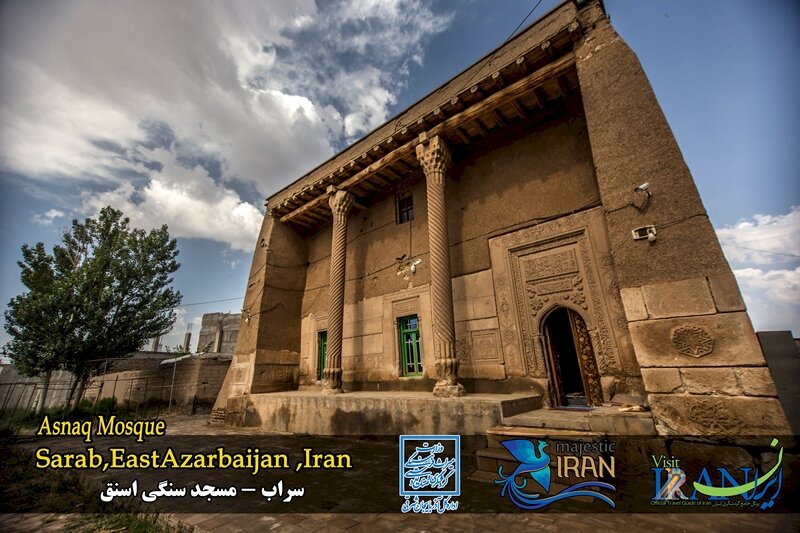East Azarbaijan to boost digital tourism

TEHRAN – Iran’s northwestern East Azarbaijan province plans to develop digital tourism in the region, CHTN reported on Monday.
Explaining the importance of tourism to the public, establishing a real and accurate image of the province for the international community, and developing and updating the area of tourism have been on the agenda of the cultural heritage department of the province, the report added.
More than 100 360-degree video clips, 20 motion graphics, and 200 graphic posters of historical and cultural attractions in the province have been produced for social networks over the past year to benefit from new methods of tourism development.
Two new multilingual websites have been created to facilitate and provide tourists with comprehensive access to the province's tourism information in order for tourists to make an informed travel decision.
Meanwhile, the province is making efforts to attract investment, particularly from the private sector, in its tourism sector.
Some 100 tourism-related projects worth 100 trillion rials ($2.3 billion at the official exchange rate of 42,000 rials per dollar) are currently underway across the province in collaboration with the private sector.
Soaked in history and culture for millennia, Tabriz, which is the capital of East Azarbaijan, embraces several historical and religious sites, including the Jameh Mosque of Tabriz and Arg of Tabriz, and UNESCO-registered Tabriz Historic Bazaar Complex to name a few. The city became the capital of the Mongol Il-Khan Mahmud Gazan (1295–1304) and his successor. Timur (Tamerlane), a Turkic conqueror, took it in 1392. Some decades later the Kara Koyunlu Turkmen made it their capital, it was when the famous Blue Mosque was built in Tabriz.
The city retained its administrative status under the Safavid dynasty until 1548 when Shah Tahmasp I relocated his capital westward to Qazvin. During the next two centuries, Tabriz changed hands several times between Persia and Ottoman Empire. During World War I, the city was temporarily occupied by Turkish and then Soviet troops.
Using a digital platform, holiday travelers can research, plan, book, and have an immersive experience of their holiday destinations. The wide variety of travel information available today helps people decide their destinations, activities, and other things, which is one reason why digital tourism is crucial to the industry and travelers.
With nations struggling to cope with the effects of the COVID-19 outbreak on their economies and tourism, as well as many countries imposing travel restrictions, digitalization of tourism seems a viable solution today.
ABU/AFM
Leave a Comment